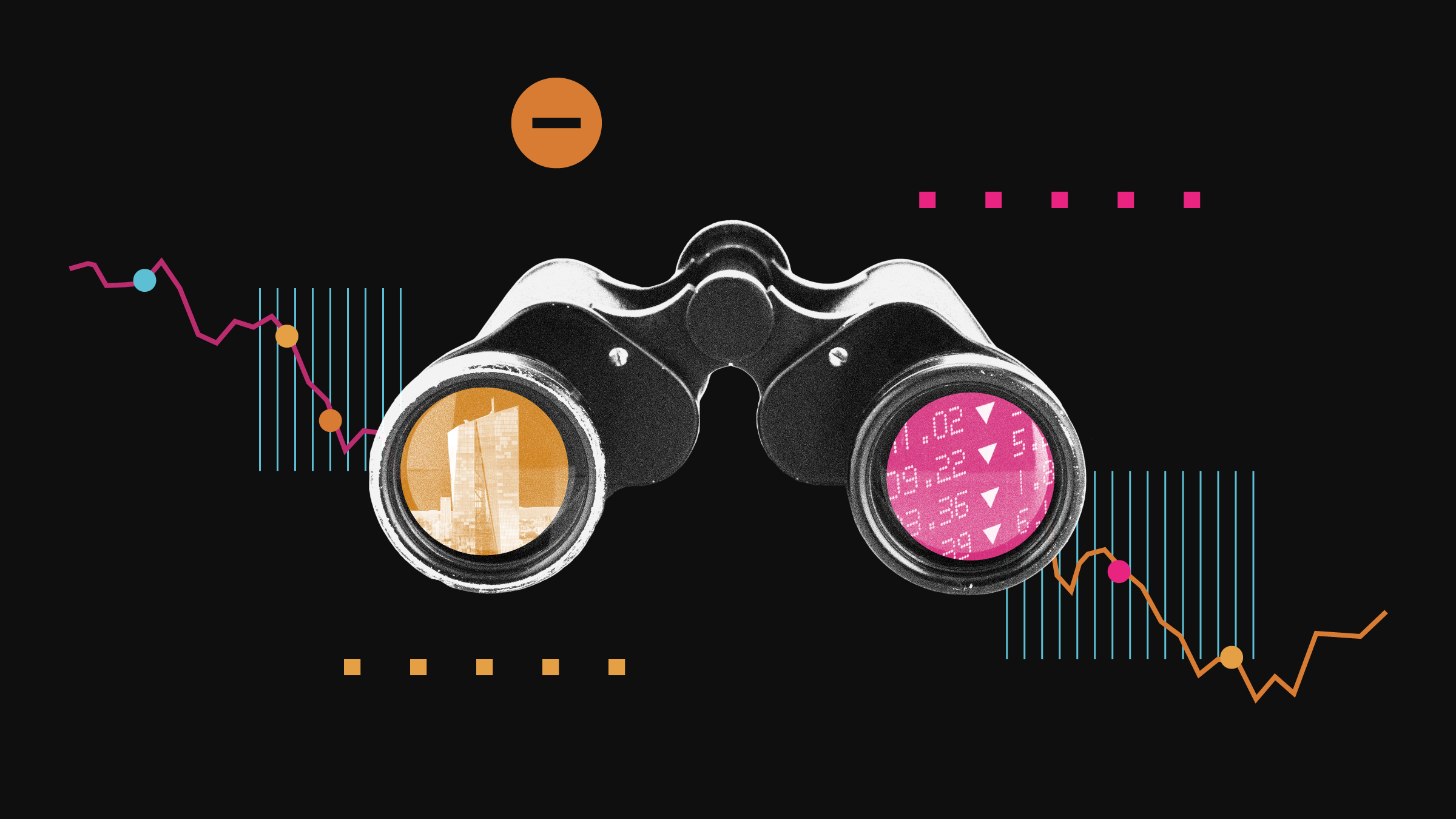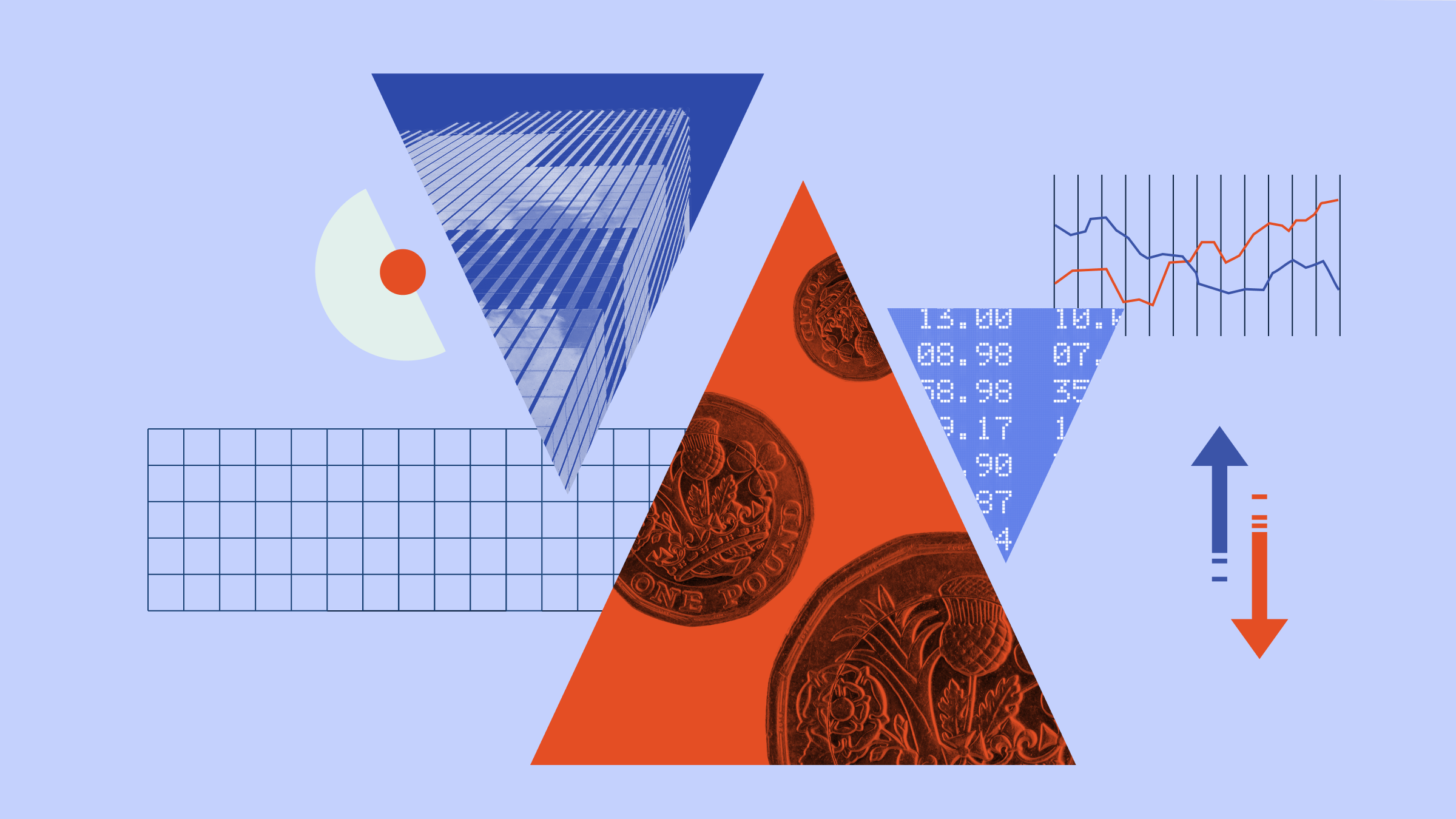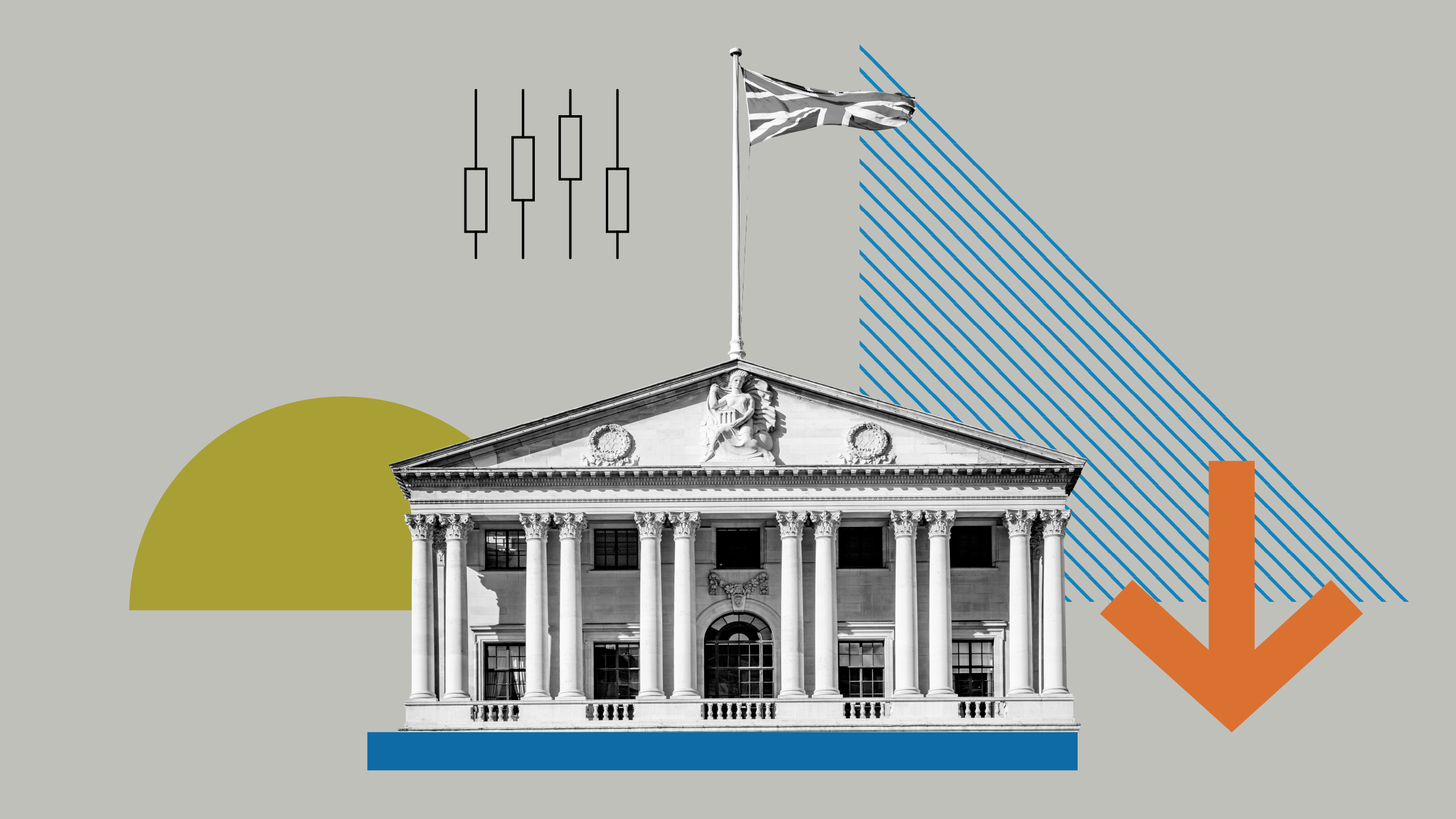
Global markets have been volatile this year, so investors may be wondering if it is a good time to buy stocks.
One way to answer this question is to look at the Morningstar Rating for stocks. In contrast to the star rating for funds, which measures exclusively the past performance of a given fund, the star rating for stocks is intended to measure the future appreciation potential of a stock. A 4- or 5-star rating indicates that the stock is cheap, while a 1- or 2-star rating indicates that the stock is expensive.
Currently, with data as of March 11, the percentage of stocks with 4 or 5 stars out of the entire universe tracked by our team of equity analysts (a total of 1,585 companies globally) is 40.4%, while the percentage of stocks with 1 or 2 stars stands at 21.0%.
If we compare these percentages with those we had at the start of the year, we can say that now is a better time to buy stocks. At the start of 2025, the percentage of cheap stocks was 38.9%, and the percentage of expensive stocks was as high as 23.9%.
In summary, the global stock market is currently trading at a more attractive valuation than at the beginning of the year, obviously thanks to the cutback the US market has suffered in recent weeks.
But, as always, the analysis varies greatly if we look at one sector or another.
Sectors With the Most Buying Opportunities
Real Estate Stocks
The sector with the highest percentage of cheap companies is real estate, with 55.3%. It should be noted, however, that of these companies, only two are European: Italy’s Infrastrutture Wireless Italiane INW and Spain’s Cellnex Telecom CLNX, which both have a Morningstar Rating of 5 stars.
Infrastrutture Wireless Italiane INW
Analyst: Javier Correonero
- Sector: Real Estate
- Morningstar Rating: ★★★★★
- Economic Moat: Narrow
- Price/Fair Value: 0.75
Cellnex Telecom CLNX
Analyst: Javier Correonero
- Sector: Real Estate
- Morningstar Rating: ★★★★★
- Economic Moat: Narrow
- Price/Fair Value: 0.6
Consumer Defensive Stocks
There are three other sectors that have a percentage of cheap stocks above 50%. The first is the consumer defensive sector, with 51.8%. European companies Anheuser-Busch InBev ABI and Remy Cointreau RCO stand out in this sector, with a 5-star rating.
Anheuser-Busch InBev ABI
Analyst: Verushka Shetty
- Sector: Defensive Consumption
- Morningstar Rating: ★★★★★
- Economic Moat: Wide
- Price/Fair Value: 0.69
Rémy Cointreau RCO
Analyst: Verushka Shetty
- Sector: Defensive Consumption
- Morningstar Rating: ★★★★★
- Economic Moat: Narrow
- Price/Fair Value: 0.42
Healthcare Stocks
The healthcare sector also has a percentage of cheap stocks above 50%, more specifically 51.8%. Among the European 5-star stocks with the highest market capitalization are Switzerland’s Roche Holding ROG and Germany’s Bayer BAYN.
Roche ROG
Analyst: Karen Andersen, CFA
- Sector: Healthcare
- Morningstar Rating: ★★★★★
- Economic Moat: Wide
- Price/Fair Value: 0.78
Bayer BAYN
Analyst: Jay Lee
- Sector: Healthcare
- Morningstar Rating: ★★★★★
- Economic Moat: Narrow
- Price/Fair Value: 0.52
Energy Stocks
Finally, the energy sector also shows a percentage of cheap stocks above 50%. There are no European 5-star stocks, but there are 4-star stocks among which the French TotalEnergies TTE and the Norwegian Equinor EQNR stand out in terms of market capitalization.
TotalEnergies TTE
Analyst: Allen Good, CFA
- Sector: Energy
- Morningstar Rating: ★★★★
- Economic Moat: None
- Price/Fair Value: 0.83
Equinor EQNR
Analyst: Allen Good, CFA
- Sector: Energy
- Morningstar Rating: ★★★★
- Economic Moat: None
- Price/Fair Value: 0.81
Sectors With Fewer Buying Opportunities
Utilities Stocks
Utilities is the sector with the highest percentage of expensive companies, 33.7% compared with 21.0% for the market as a whole. That said, it is possible to find European stocks in the sector with a Morningstar Rating of 5 stars, such as Germany’s RWE RWE or Denmark’s Orsted ORSTED.
RWE RWE
Analyst: Tancrede Fulop, CFA
- Sector: Utilities
- Morningstar Rating: ★★★★★
- Economic Moat: None
- Price/Fair Value: 0.65
Ørsted ORSTED
Analyst: Tancrede Fulop, CFA
- Sector: Utilities
- Morningstar Rating: ★★★★★
- Economic Moat: None
- Price/Fair Value: 0.71
Financial Stocks
It is followed by the financial sector with 28.4% of stocks with 1 or 2 stars. Financial services is the sector with the lowest percentage of cheap stocks, just 17.1%. It is also the sector with the lowest percentage of 5-star stocks (only 2.5%), but within this select group we find the French company Edenred EDEN.
Edenred Group EDEN
Analyst: Ben Slupecki, CFA
- Sector: Financial Services
- Morningstar Rating: ★★★★★
- Economic Moat: Wide
- Price/Fair Value: 0.61
Should I Buy European or US Stocks?
As the European stock market has outperformed the US this year, it may be interesting to analyze whether there are more buying opportunities in Europe than in the US.
The data in the table below show that there is practically no difference between Europe and the US in terms of the percentage of expensive and cheap securities.
Valuations and Competitive Advantages Matter
Interestingly, the analysis shows that within the segment of companies with the greatest competitive advantages (Economic Moat of “wide”) the percentage of cheap stocks is lower than in the case of companies with no competitive advantage (Economic Moat of “none”): 36.1% versus 41.0%. The conclusion to be drawn by the investor is that it is necessary to be very selective when choosing stocks. It is not only enough to be guided by whether the company has competitive advantages, but also by the valuation of that company.
How to Interpret the Morningstar Stock Rating
One way to assess whether a stock is expensive or cheap is through the Morningstar Rating for stocks. This rating measures the level of undervaluation or overvaluation that our analysts calculate for companies globally.
It has a big advantage over the price/fair value metric in that it incorporates a level of uncertainty for the estimates. Two companies can have very similar price/fair value, but that does not necessarily translate into the same Morningstar Rating.
Therefore, looking at the number of stocks that get 4 and 5 stars (stocks considered buy or cheap) and the number of stocks with 1 or 2 stars (considered sell or expensive), within the total universe of companies followed by Morningstar’s team of equity analysts, can give us a clue as to whether the stock market is cheap or expensive.
The author or authors do not own shares in any securities mentioned in this article. Find out about Morningstar's editorial policies.
























